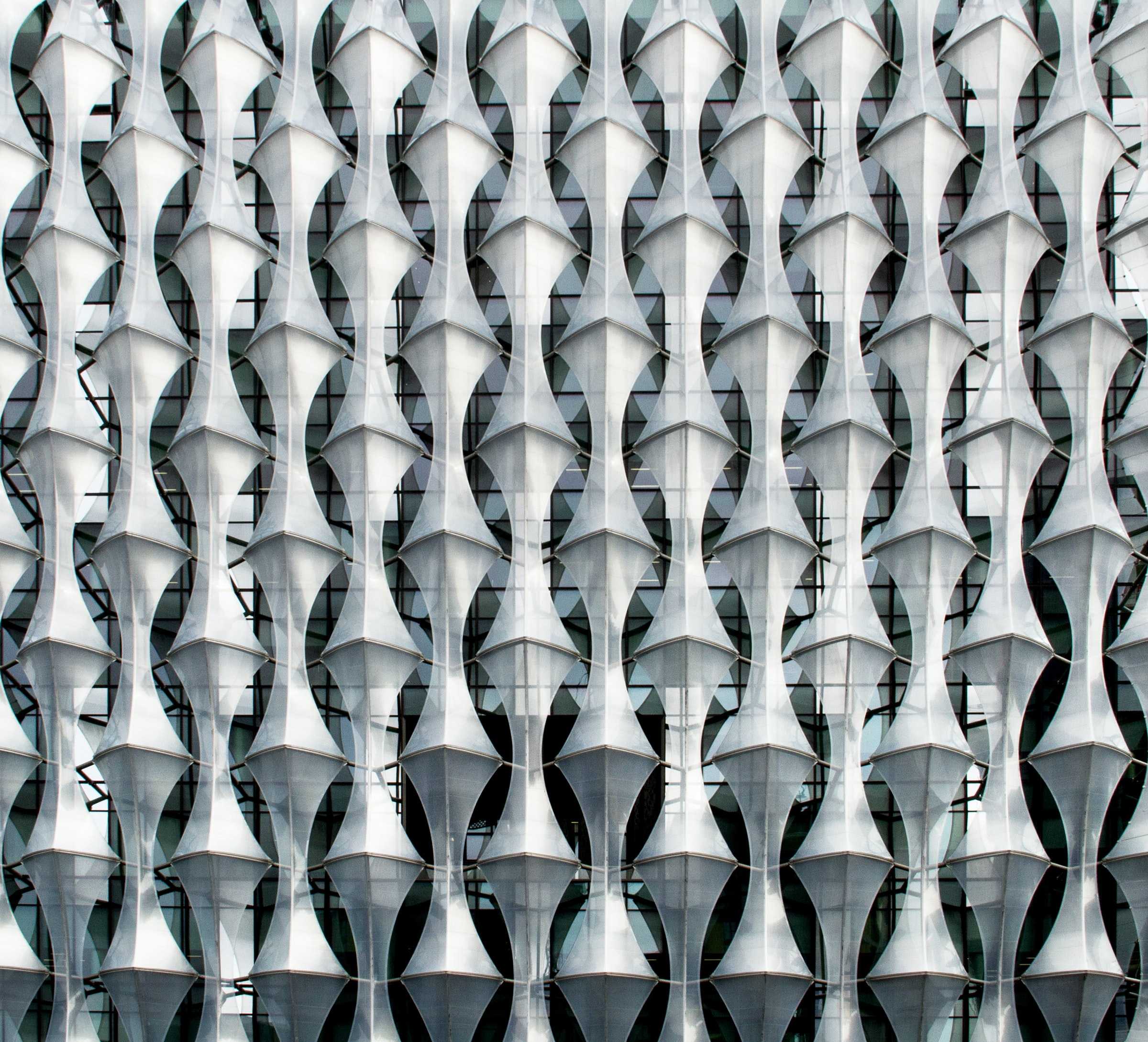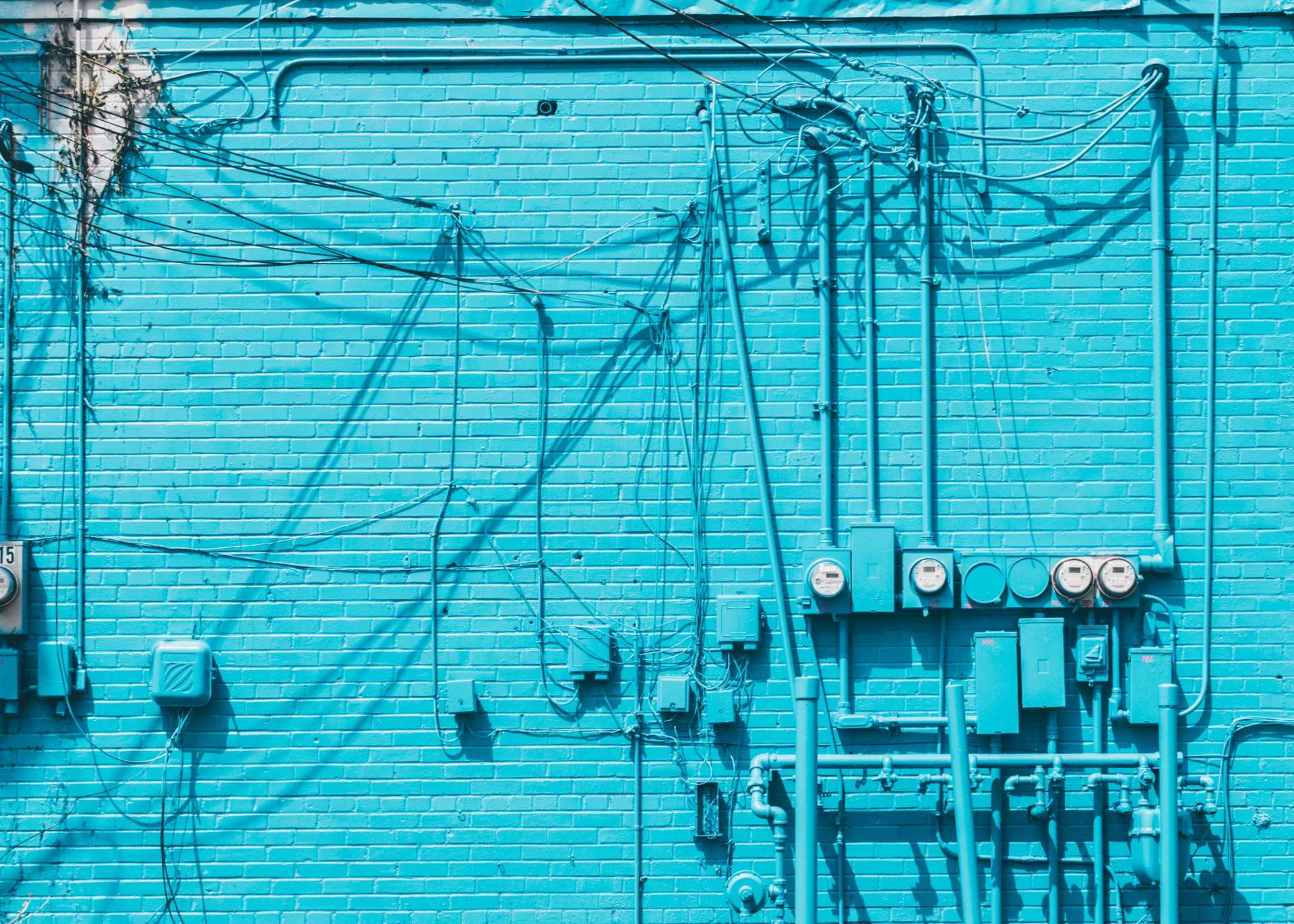
Introduction
Technology is a tool for building better cities. Will we use it wisely?
Global urbanization unlocked enormous human potential. But it is changing the planet beyond recognition. According to one recent estimate, human-made mass now outweighs the planet’s biomass.
Technology unleashed this change. And there is no end in sight. Our output of buildings, infrastructure, and products continues to grow. Currently, it is doubling every 20 years.
But can technology help us design a new balance? Some see hope in urban tech, an emerging field of applied science and engineering that seeks to make cities more connected, livable, efficient, and accessible.
This horizon scan is a map of urban tech's potential. It charts the many promising discoveries and inventions of the decade ahead.
But urban tech is not a panacea. We must also navigate many risks along the way. These hazards are clearly marked too.
Human-Made (anthropogenic) Mass vs Biomass
Source: “Global Human-Made Mass Exceeds All Living Biomass,” by Emily Elhacham et al. (dataset)
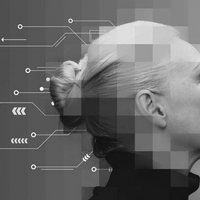


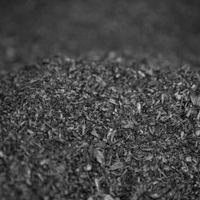
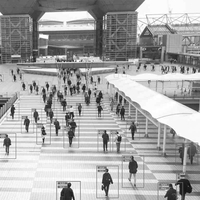


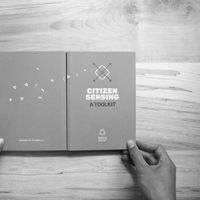
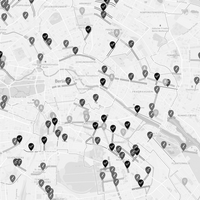
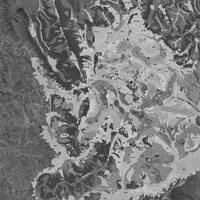
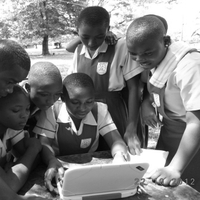
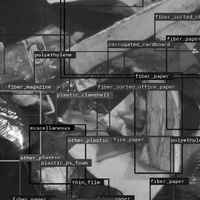
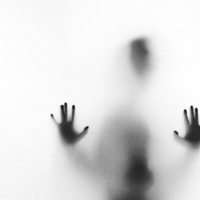


This horizon scan plots possibilities for urban tech. These are provocations, not predictions. Use it to fire your imagination and think about what-ifs.
With so many ideas and innovations competing for our attention, its hard to compare one against the other, and easy to lose sight of the big picture. That's why we did the hard work of scouring thousands of published sources—journals, news sites, and blogs—to identify the most important changes.
Next, we synthesized this raw data into XX unique perspectives that describe where urban tech is moving today, and where it may end up in the next decade.
There are two ways to get started:
-
Dive right into the knowledge graph. It's a visual, clickable map of the future.
-
Continue reading below to learn more about the structure of the Horizon Scan and how we created it.
Six big stories forecast the decade ahead.
The big bubbles at the center of our map are our topline forecasts. Think of these as the front page stories you might read on a news site in 2032. They describe the big directions of change that will shape the journey ahead for everyone.
Three forecasts describe the transformation of "hard" urban systems. Supercharged Infrastructure will rewire the city into a deep, actionable web. Wild + Well cities will tap advanced biotechnologies to take livability to new heights. And Resilient Corridors will amplify our efforts to halt climate change and prepare communities for the inevitable shocks to come.
Three more forecasts unpack deep conflicts in "soft" urban systems. Dark Plans designed and enforced by software will shape cities in strange new ways. This will trigger a backlash, giving rise to a New Screen Deal that redistributes the risks and rewards of urban tech. Meanwhile, a planetary scale supply chain for city-making technologies will take shape as Urban Innovation Industrializes.
Each forecast is made up of trends. Trends are the building blocks for urban engineers.
Think of trends like vectors. They call our attention to a single force acting along a path over time.
The Horizon Scan contains XX trends in all. Each tells a story about a class of technologies and use cases that we expect to take shape in the next few years. Most trends inform one forecast, but a few have multiple linkages.
How likely? How soon? What impact?
Each trend is tagged with three key pieces of data. You can use these to make sense of the changes ahead.
Time frame helps us approximate when to expect the trend’s effects to surge: soon (0 to 3 years), later (4 to 7 years), or eventually (8 to 10 years).
Certainty assesses our confidence level. Some trends describe unproven innovations, while others are more clearly attainable, or all but assured to be likely.
Impact gauges how wide the trend’s effects may reach. Sustaining innovations focus on efficiency and maintaining the status quo. Disruptive trends displace existing systems but often in self-serving ways. Transformative changes lead to long-term systemic change enabling viable new patterns.
Trends are built up from signals. Signals are tangible examples of the future taking shape today.
Signals document the raw material of the future, found in the world today. They are examples of technologies, products, services, and behaviors that we expect to spread.
This is where the horizon scan's links to industry and policy are clearest. We've mined signals from some XX different sectors and domains. Urban tech will tap them all to create a new innovation ecosystem.
Use the drop-down below to highlight them in the Horizon Scan and then dive in.
Forecasts
Dive in the Horizon Scan by exploring six big stories on the future of urban tech.

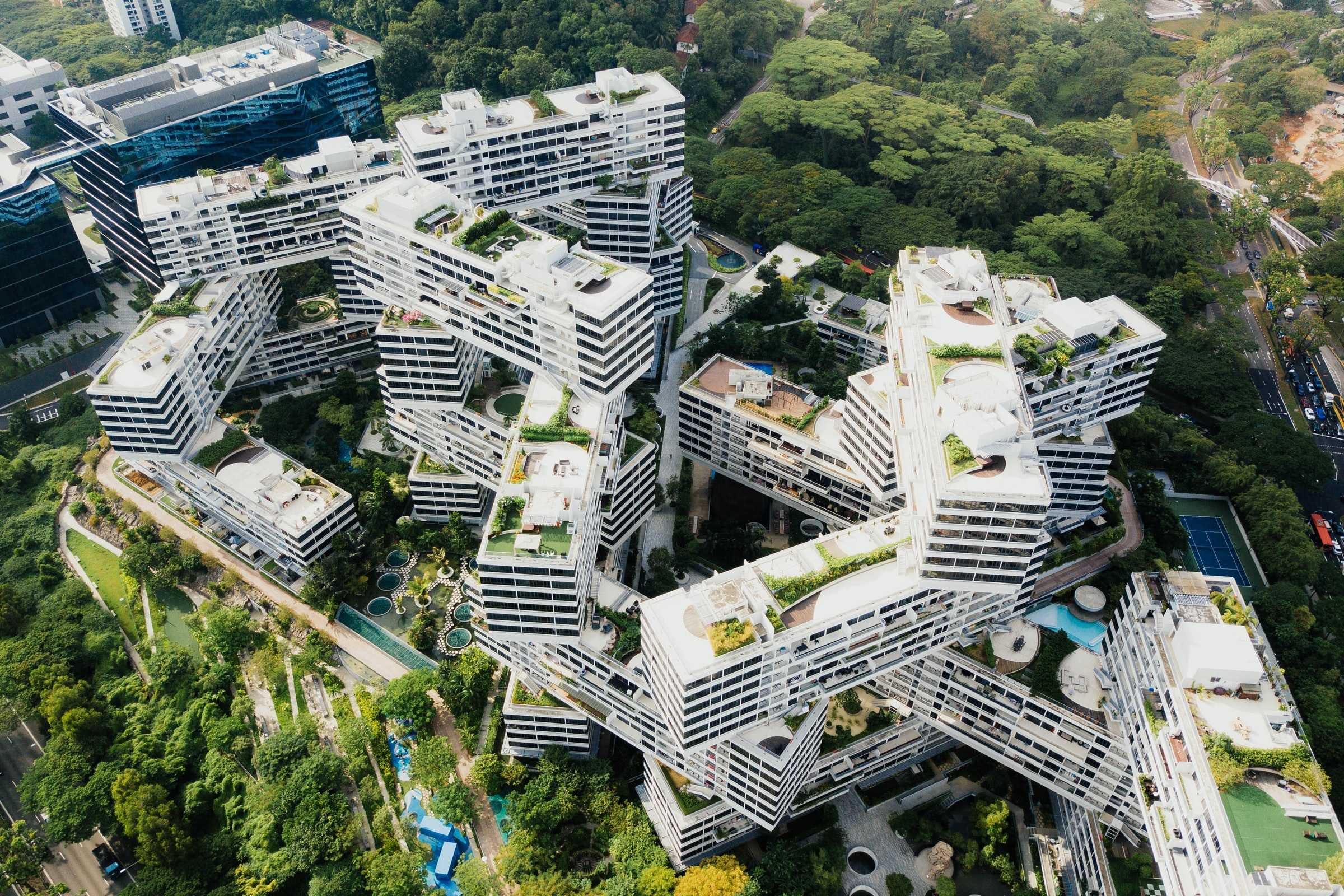
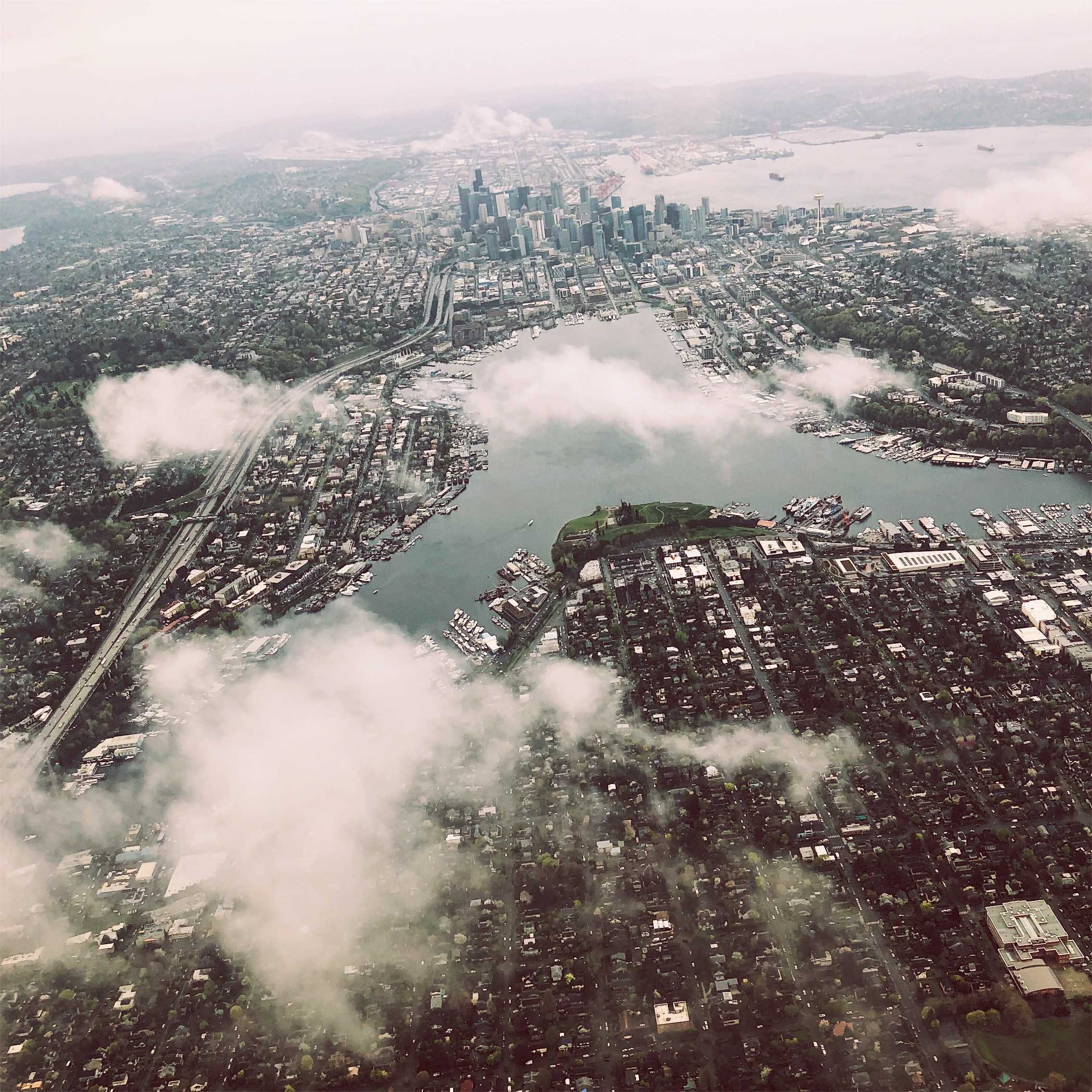
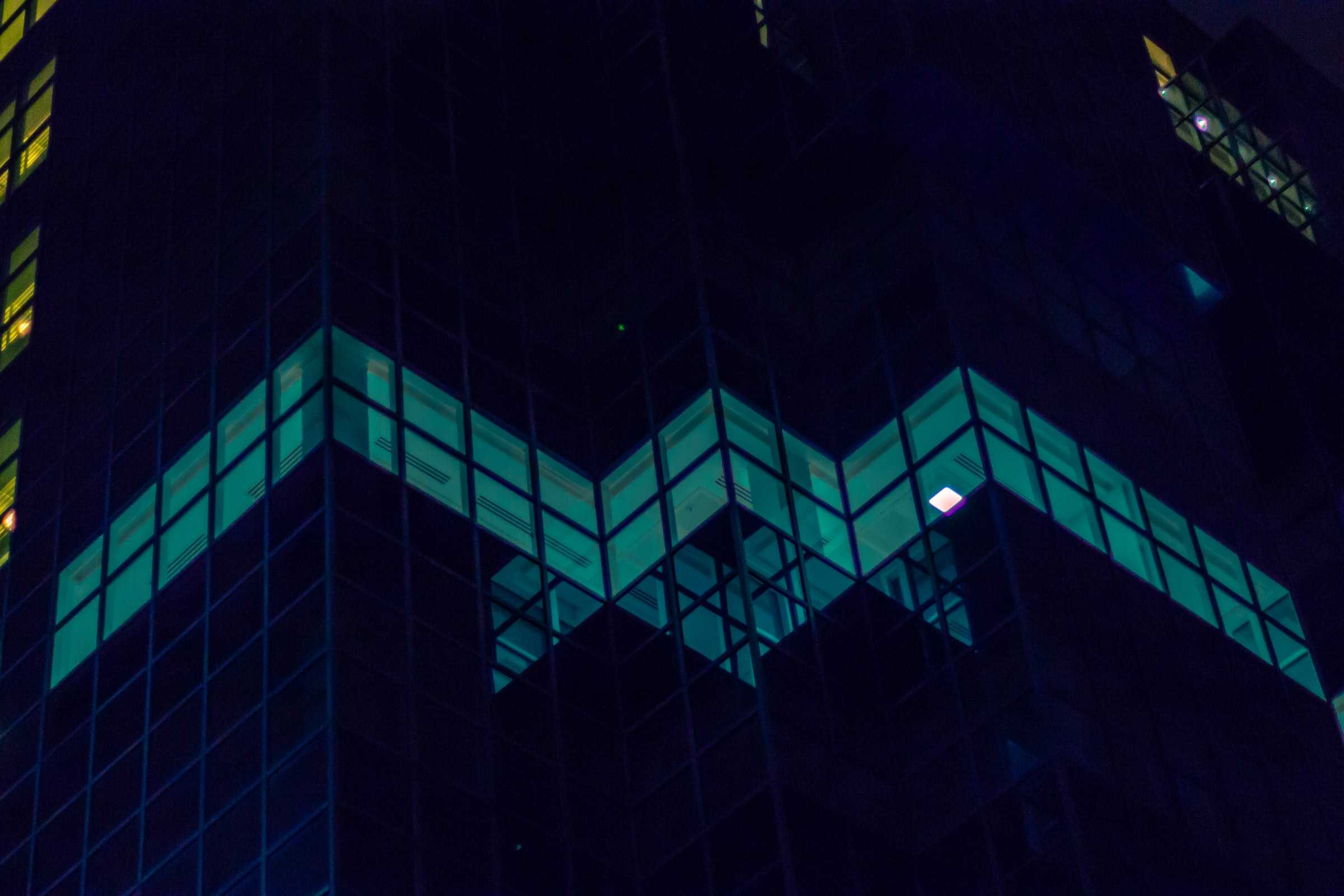
..png)
